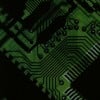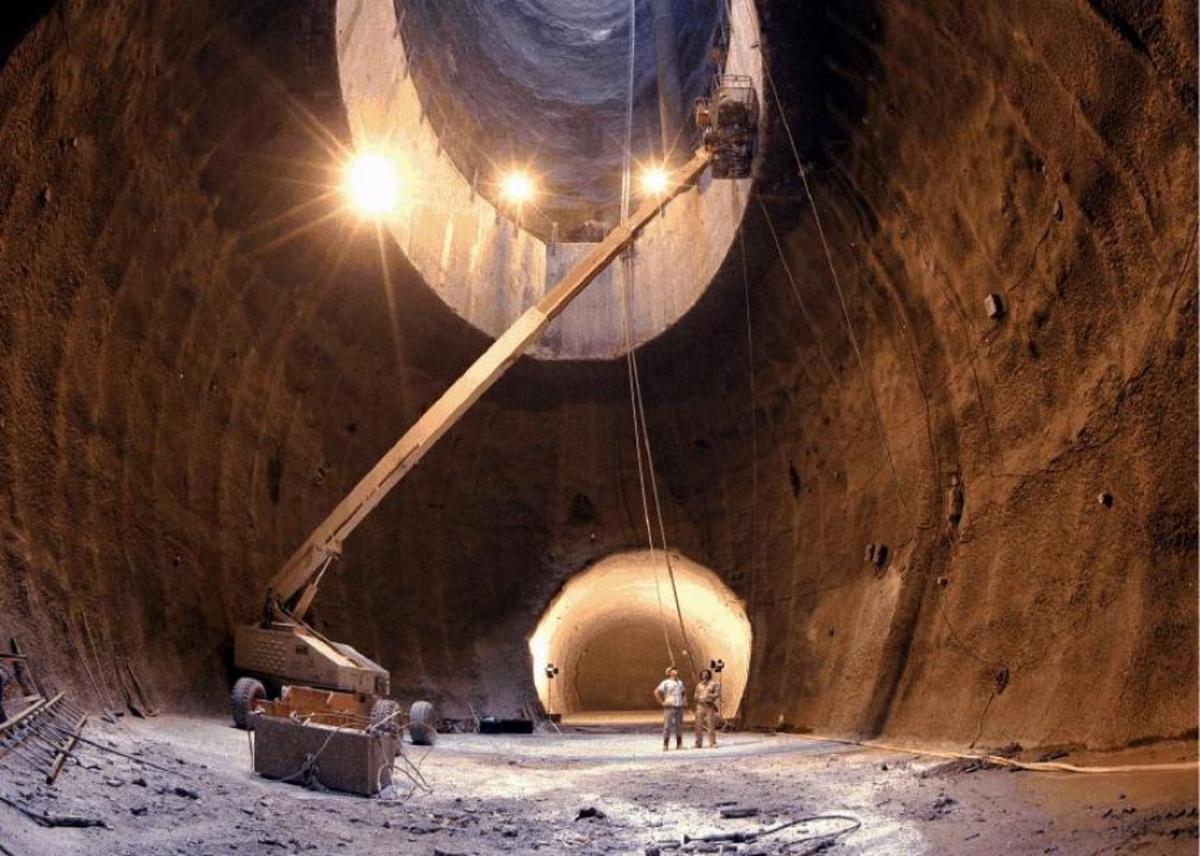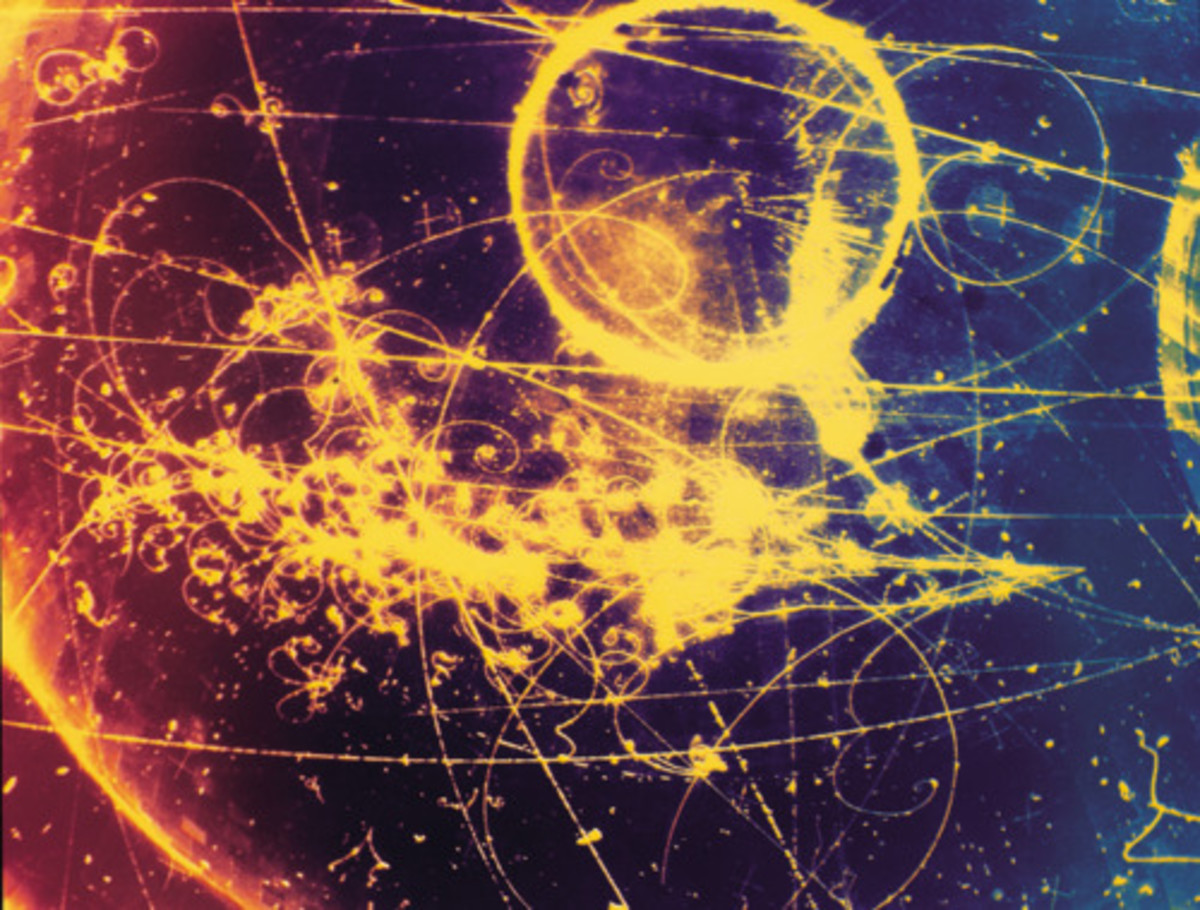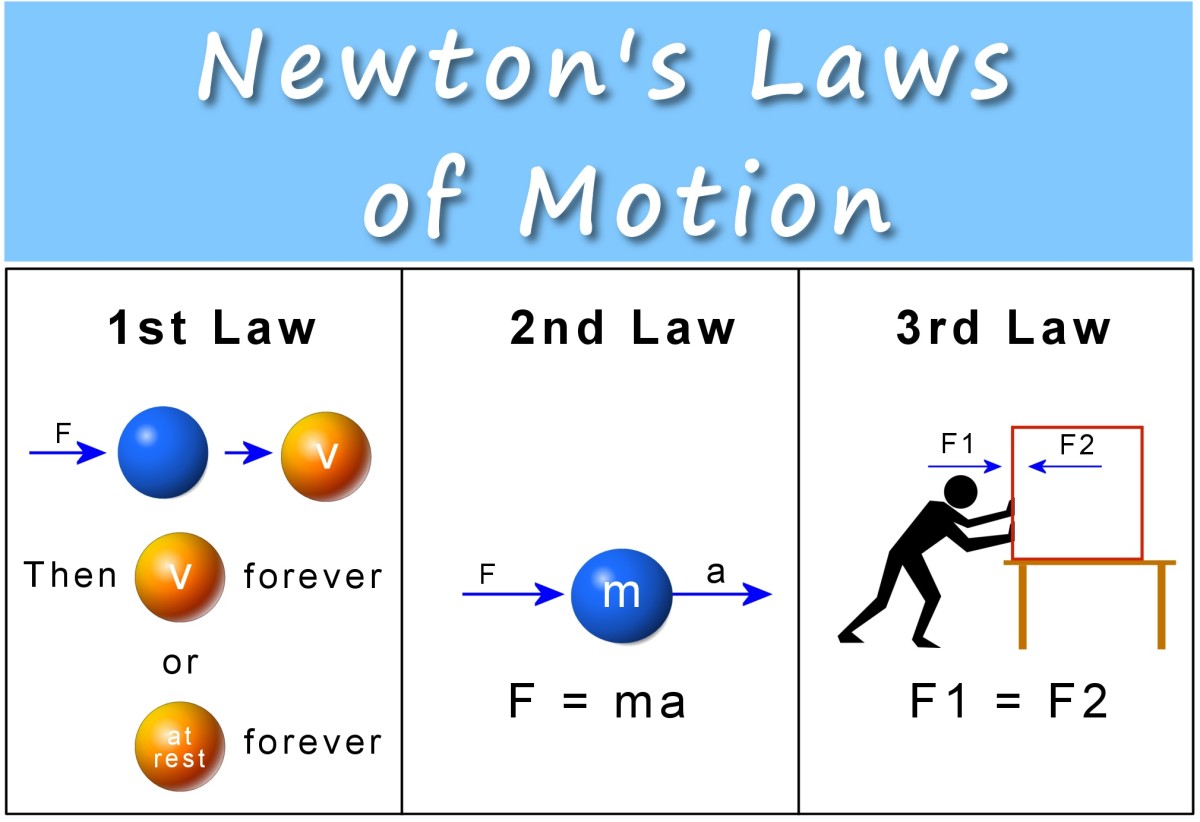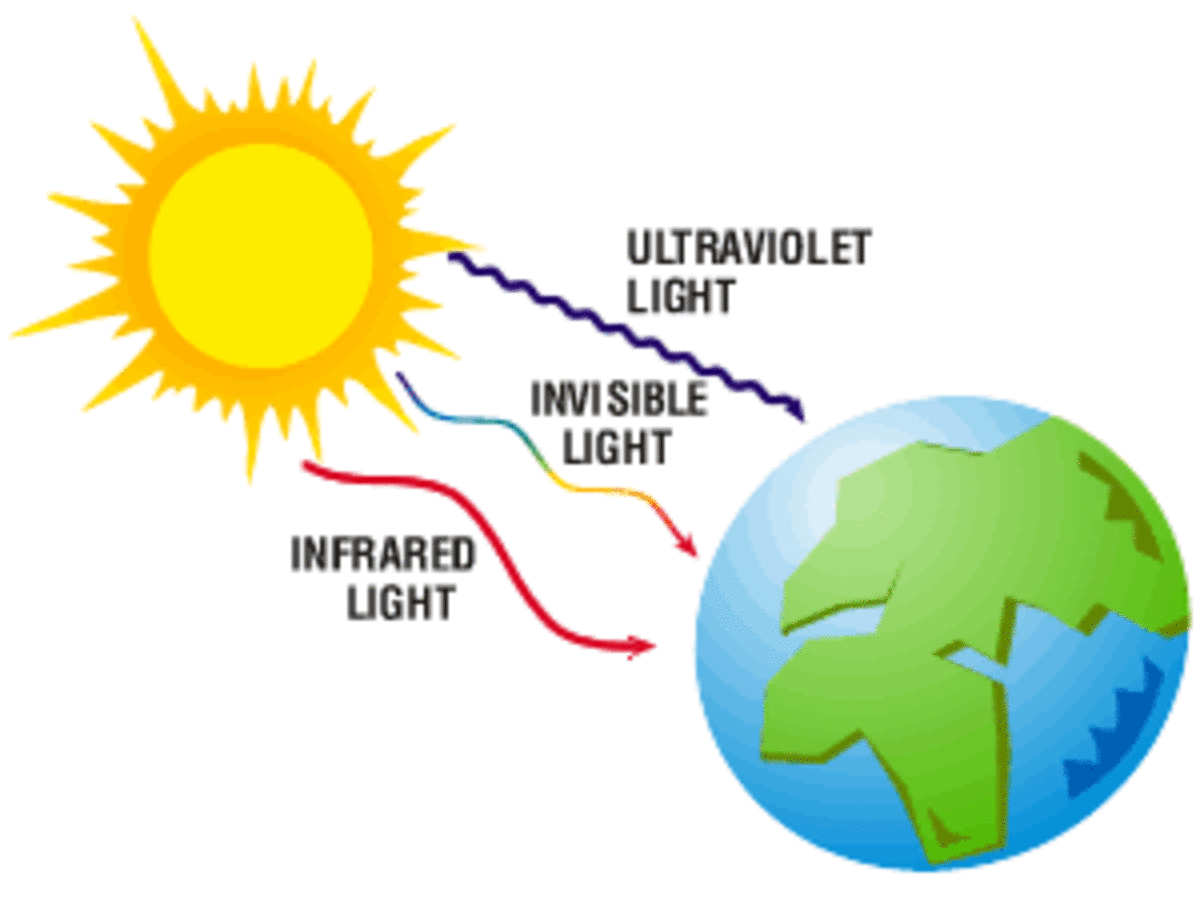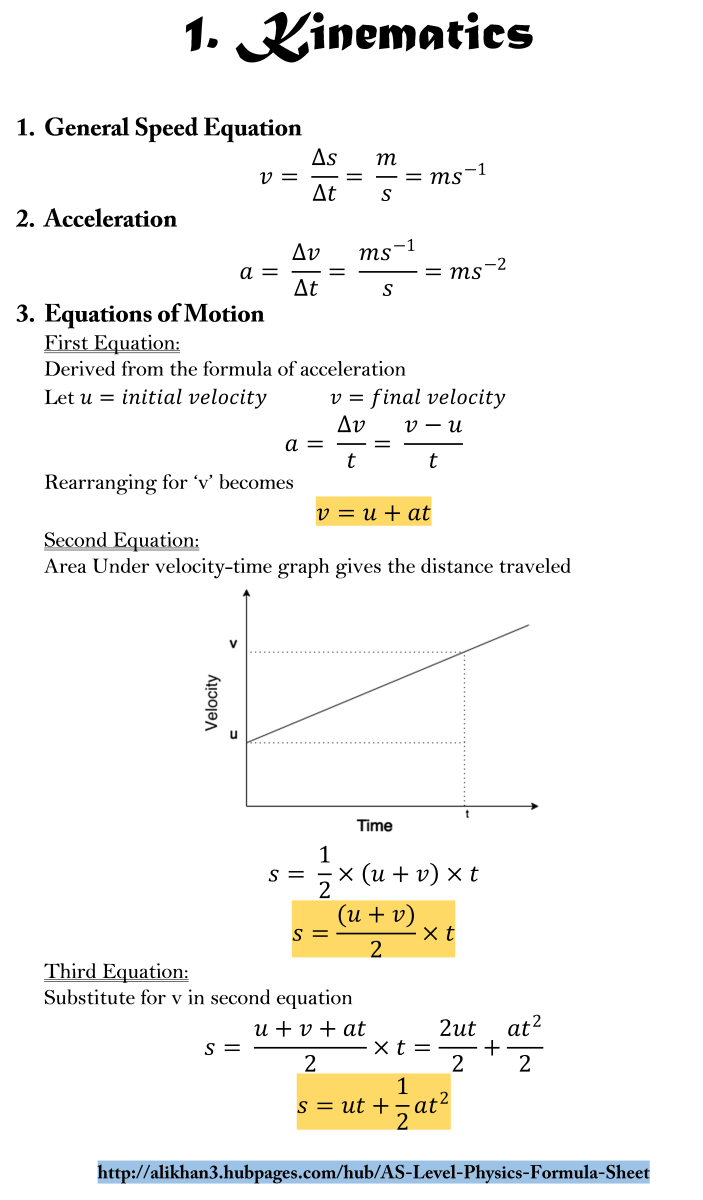Higgs Boson Particle Discovered
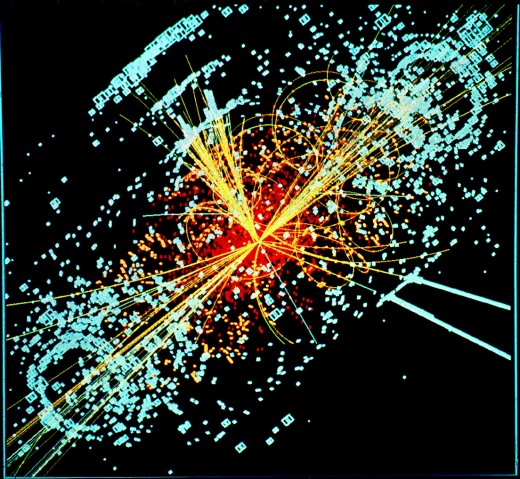
Higgs Boson Discovered
In 1964 it was predicted that such particle that gives mass to all objects in the universe should exist. This particle was called Higgs boson after Peter Higgs who explored the fundamentals of Higgs mechanism. In 2012 July 4th scientist announced that God's particle was discovered. By the way, Higgs boson got its name as God's particle from science book The God Particle: If the Universe Is the Answer, What Is the Question? by Leon Lederman. The book was published in 1993 and since then the Higgs boson is often referred as God's particle, especially in mass media.
This discovery of Higgs boson in 2012 took all the headlines and attention. A new celebrity was born. If I ask you, why this discovery is so important, what would your answer be? This particle is so famous, but not everybody knows why. Off course, the explorations in LHC (Large Hadron Colider) draw much attention. It is obvious that every discovery is interesting, but what is special about this particle? Why it is so famous and draws attentions? What is the importance of Higgs boson discovery?
Subatomic Particles - Basic Building Blocks of Universe
Do you know how universe works? I am sure, that you are familiar with Solar system, stars, galaxies, black holes and other interesting stuff. But do you know what holds them together? Why stars shine, why nucleus of atoms does not split and all elementary particle are hold together? Good questions. These questions can be answered using standard model. The standard model comes from the principles of particle physics. Simply speaking, the universe is too big and too complex. To understand how universe works it must be reduced to basic building blocks. Imagine the house. It may seem big, complex and it may be difficult to understand how the house was built and how it works, but if we look carefully, we would find that the house consists of building blocks: bricks, windows, doors and so on. We can do the same thing with universe. It has its own building blocks. These block are called elementary particles.
Many years ago it was believed, that atoms are the buildings blocks of the universe. The term atom was created by ancient Greek philosopher and scientist Democritus. The term atom comes from the Greek word atomos, which mean something that is indivisible (a - not, tomos - divisible). In the beginning of 20th century the protons, neutrons and electrons were discovered. So, the atom appeared not so indivisible. Later came came quarks and leptons. These particles can be considered as the basic building blocks of universe. But that is not all. We need something, that keeps that particles together. Imagine a house, that is build without grout. It would collapse. The same thing would happen with universe if there were no forces, that hold particles together. The exploration that are running in particle physics are extremely important, because they explain how universe works.
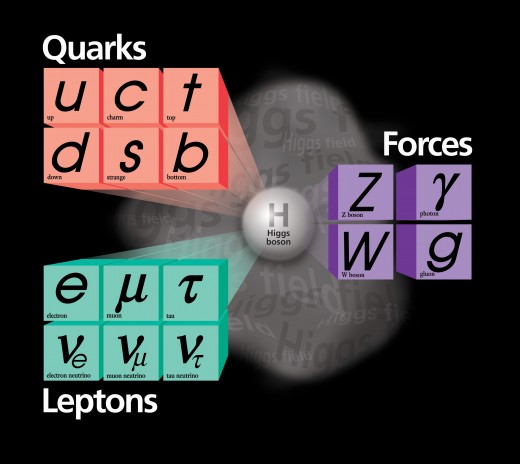
Standard Model
The standard model was developed in 1970s. It says that there are 61 different particles, that are basic building blocs of universe. Also, there are 4 forces, that keep those particles together. There are two types of particles: quarks and leptons. There are 6 types of quarks and 6 types leptons. Other particles are gluons, photons, Higgs boson and other. Consult table for more details. The quarks are building blocks of such particles as protons and neutrons. The leptons make up electron and electron neutrino. Off course, there are other particles that are made from quarks and leptons. Leptons and quarks are thought to be indivisible. It is believed that it is impossible to brake leptons and quarks into smaller particles. There are 4 forces that keep various particles together. These forces are gravity, electromagnetic, strong and weak.
The standard model allowed scientists to predict many particles before they were discovered. But this model has a hole. This hole is Higgs boson. A particle that everybody wanted to discover, because this particle explains why everything has mass. In July 4th, 2012 there were announced that Higgs boson was discovered in CERN. They used Large Hadron Collider to register a new particle. Later it was found that this new particle is consistent with Higgs boson. So it is not confirmed finally that it is Higgs boson as stated in standard model. This new particle acts a little bit strange comparing with theory. So more research are needed.
Elementrary Particles
Types
| Generations
| Antiparticle
| Colors
| Total
| |
|---|---|---|---|---|---|
Quarks
| 2
| 3
| Pair
| 3
| 36
|
Leptons
| 2
| 3
| Pair
| None
| 12
|
Gluons
| 1
| 1
| Own
| 8
| 8
|
W
| 1
| 1
| Pair
| None
| 2
|
Z
| 1
| 1
| Own
| None
| 1
|
Photon
| 1
| 1
| Own
| None
| 1
|
Higgs
| 1
| 1
| Own
| None
| 1
|
Total
| 61
|
Elementary particles. For more information please refer Particles and Fundamental Interactions: An Introduction to Particle Physics by By Sylvie Braibant, Giorgio Giacomelli, Maurizio Spurio
What Is Higgs Boson and How It Works?
Simply speaking the Higgs boson is an elementary particle predicted by Standard model. Higgs boson is a particle that gives matter its mass. The scientists proposes that there is Higgs field that exist everywhere in the universe. When particles interact with Higgs field they attract Higgs bosons. Higgs bosons clusters around other particles in various numbers. The mass depends of the amount of Higgs bosons attracted. The more bosons are around the particle the higher mass it has. The Higgs boson is the last piece missing in Standard model that explains how universe works, so finding this part is very important. There are two options, there will be proved that Higgs boson exist and scientist will finally get the missing piece in the puzzle. The other option is that the Higgs boson will not be found. This will prove that the universe is much more complex that it is expected. The Higgs boson particle is believed to be found in 2012 July. Many people are working on the analysis of the results. The verification if the particle was found is Higgs boson should appear sometime in 2013. Keep following the news.
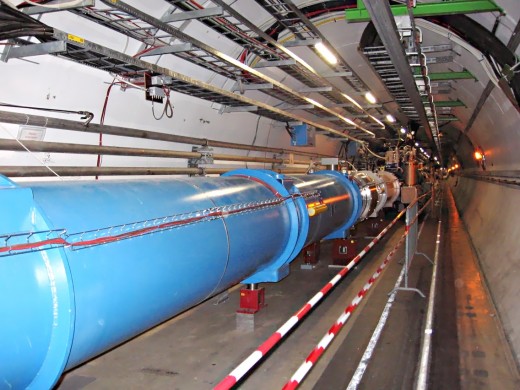
How to Catch a Higgs Boson
Large Hadron Collider (LHC) is used to explore elementary particles. It is the only machine in the world that is possible to catch Higgs boson. It was announced that it did. LHC was build by CERN and is located in Europe. It took 10 years to build this huge particle accelerator. The LHC consist of 27 kilometers ring. The ring is made of superconductive magnets and various accelerating structures, that helps to accelerate elementary particle to the speed that is almost equal to the speed of light. The particle sensors and other devices are also mounted there. There are many experiments running on LHC that will help us to understand the universe better.
The principle of exploring elementary particles is quite simple. The ring of LHC is used to accelerate two beams of particles that travel in opposite directions. When particles travel near to each other the chances for collision are high. At the moment of collision of elementary particles they can be explored. The signatures of various particles are registered during the collision. The interactions of particles is explored also. This huge machine was used to register a particle that is consistent with Higgs boson. The information whether it was Higgs boson or not should be appear soon. It takes a lot of time and efforts to analyze the data and make proper conclusions.
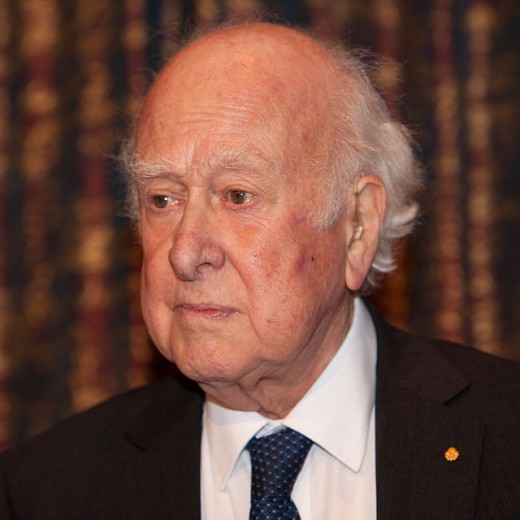
Higgs Boson Particle Confirmed
Later research in CERN confirmed completely, that particle, discovered in 2012 is definitely the Higgs boson. This particle acts exactly as it is predicted by Standard Model. This particle decays into fermions (bottom quarks and tau leptons) as was predicted. You can check latest news on The Higgs Boson in CERN website.
In 2013 Nobel prize in physics was awarded to Francois Englert and Peter Higgs for discovering the mechanism that helps to understand the origin of mass of subatomic particles. Check more details on Nobel Prize in Physics 2013.
